Berlin has its fair share of quirky museums and other things, but the Sugar Museum must be near the top. Seriously. A museum all about sugar. Sugar!
First of all, let me just explain how I ended up at Berlin’s Sugar Museum (Zucker Museum). Sundays in Berlin can sometimes be boring as a lot of shops aren’t allowed to be open. Museums often are, so Sundays tend to be my dedicated day to culture. Bonus that the Sugar museum is free!
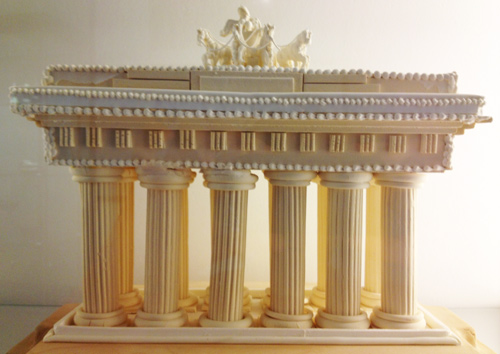
A model of Berlin's Brandenburg Tor made out of sugar
Why does Berlin have a museum dedicated to sugar?
Most people are probably familiar with the fact that sugar is often derived from sugarcane, a tropical grass that’s pressed to squeeze all the sugar out. Sugarcane juice is a popular drink in a lot of the tropics, something I first encountered in India.
But sugar doesn’t always come from the sugarcane plant. And that’s where Berlin comes into the picture. In 1747, a Berlin pharmacist and chemist discovered that sugar could be extracted from beets—those purple/pink vegetables. By 1799, the Prussian empire was able to produce sugar from beets, though often at a higher cost than sugarcane. Processed beet sugar didn’t take off very quickly because sugar was a luxury for much of Europe at the time, but eventually a number of political and economic factors would make beet sugar increasingly popular throughout the 19th century.
Today, about 60% of the world’s sugar production comes from sugarcane and 40% from beet sugar.
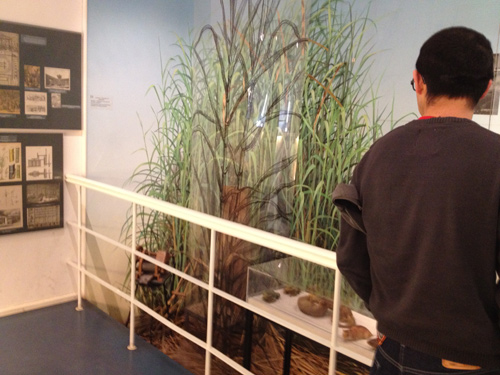
Inside Berlin's Sugar Museum (Zucker Museum)
What’s inside the Zucker Museum
The Zucker Museum’s exhibits are all in German, though they do have a few brochures in English and the curators seemed happy to explain some of the exhibits to me in English. The museum is really just a handful of rooms but the exhibits are extremely high-tech and very detailed.
When you enter the Sugar Museum, the first rooms are all about the history of beet sugar, but there is also information about sugarcane. Some of the exhibits are pretty technical and seem geared to chemists, but the numbers were also interesting (which countries produce which sugars and what percentage of the world’s sugar production comes from where…).
I particularly liked the old posters (see below) explaining the sugar-making process, as well as a collection of sugar packaging from around the world.
PS: Sugar isn’t the healthiest food and Berlin’s sugar museum knows this. The end of the exhibit is filled with a display of sweets, candies and colas with information on how many grams of sugar are in each. For example, did you know the following:
- 100g of Nutella has 54g of sugar
- 100g of honey has 81g of sugar
- 100g of Coca-Cola has 10.6g of sugar
- 100g of Haribo gummibears has 78g of sugar
Just a friendly FYI!
Visitor information:
The museum is definitely worth a visit if you’re looking for something free and surprisingly interesting to do during your visit to Berlin. Check out the museum’s details below, or view more travel tips in my Berlin Travel Guide.
Zucker Museum
Amrumer Straße 32
http://www.sdtb.de/Englisch.200.0.html
Monday – Thursday: 9.00 am – 4.30 pm
Sunday: 11.00 am – 6.00 pm
Friday/Saturday: closed
Admission: free!
Public transport: U9 to Amrumer Straße, U6 to Seestraße, tram M13 Seestraße/Amrumer
Planning a visit to Berlin? Get hotels.com coupon codes for your visit.
Photo credit (top): uwehermann

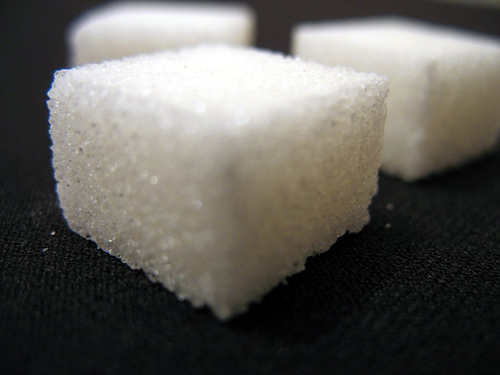
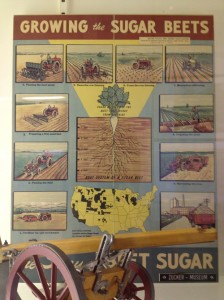
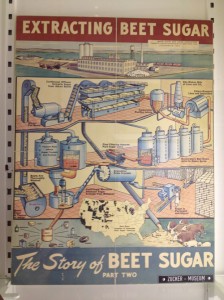
Ohhhhhhhh. Brilliant! I love quirky museums! A whole museum dedicated to sugar. Just fantastic.
Yeah!!! I love finding bizarre & quirky museums.
I had no idea this existed!
Reading about the beets triggered kids singing “beets, beets, sugar beets” in my head…must have been on Sesame Street or something one day!
It’s amazing how many things exist that we don’t know about… Berlin (like much of the world) is always surprising!
And now I’ve got that line stuck in my head, too….though NO clue if it even exists somewhere…
Wow, sounds kinda cool. I’ll have to keep the Zucker Museum in mind the next time we’re in the museum mood — and bonus that it’s free!
Definitely worth a visit for an hour or two on a lazy Sunday :)
This post has been somewhat of a revelation to me.
I like your post, Adam – think I might just have to become a regular reader!
[…] thanks to the high price of sugar. However, with the discovery of sugar production through beets (read about my visit to Berlin’s sugar museum documenting this important historical discovery), sugar finally became affordable in Germany toward the end of the 19th century. And from then on, […]
I am hearing about Sugar Museum for the first time.. nice images. A must visit.